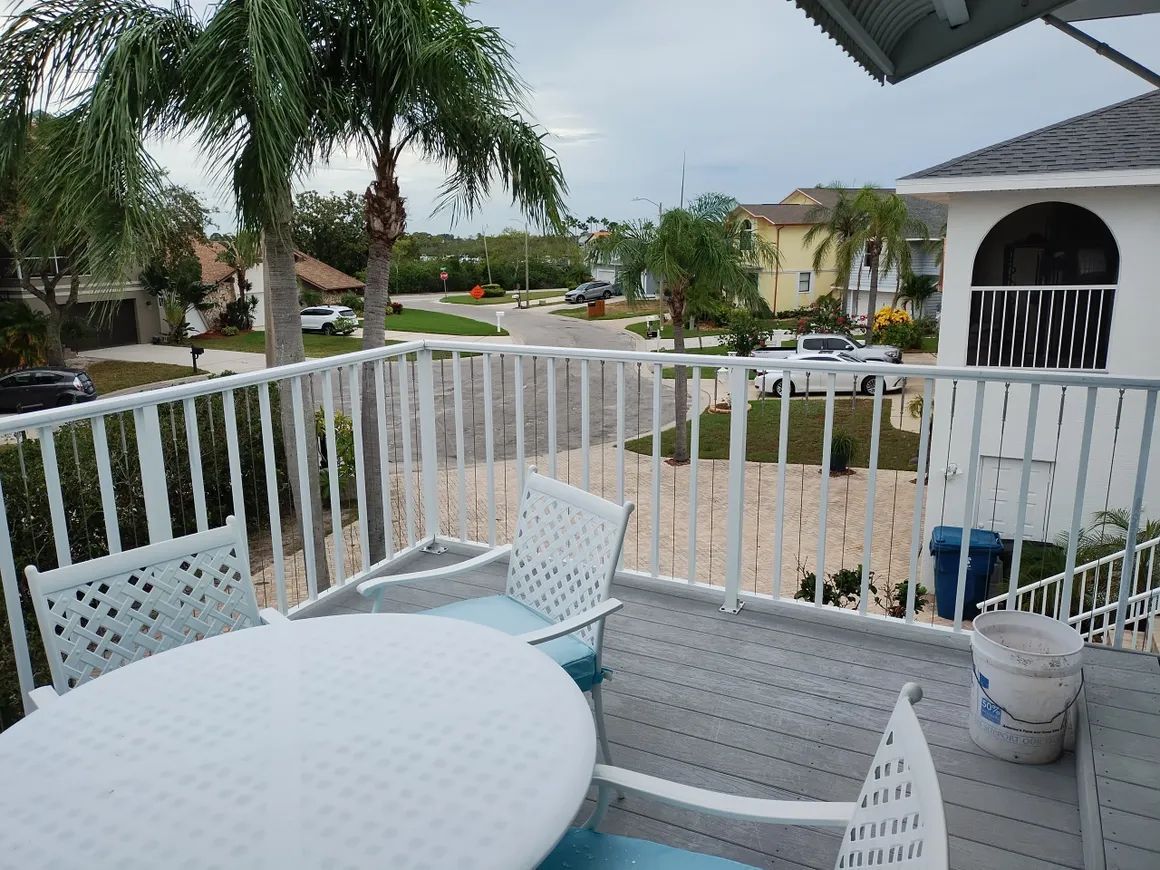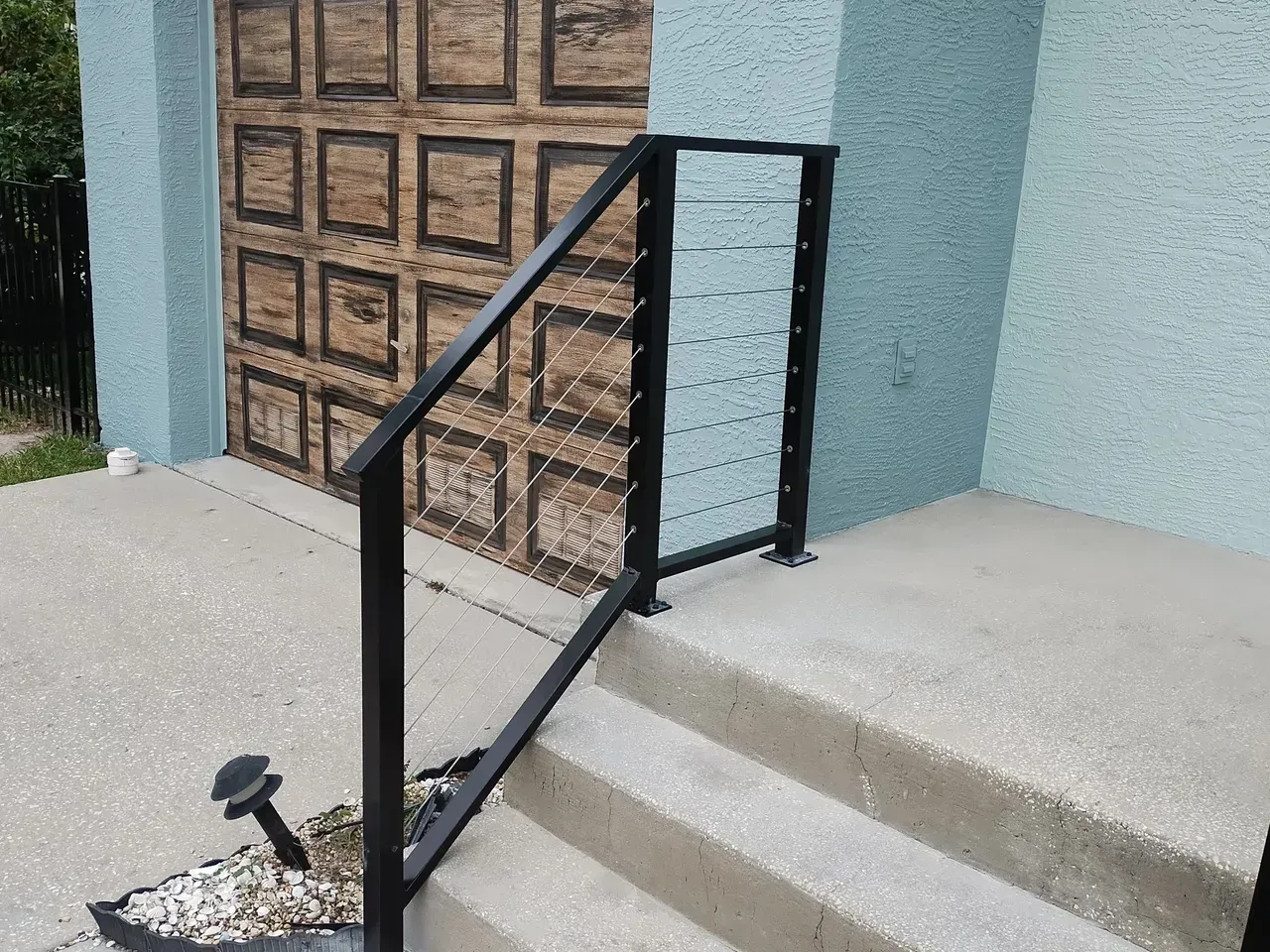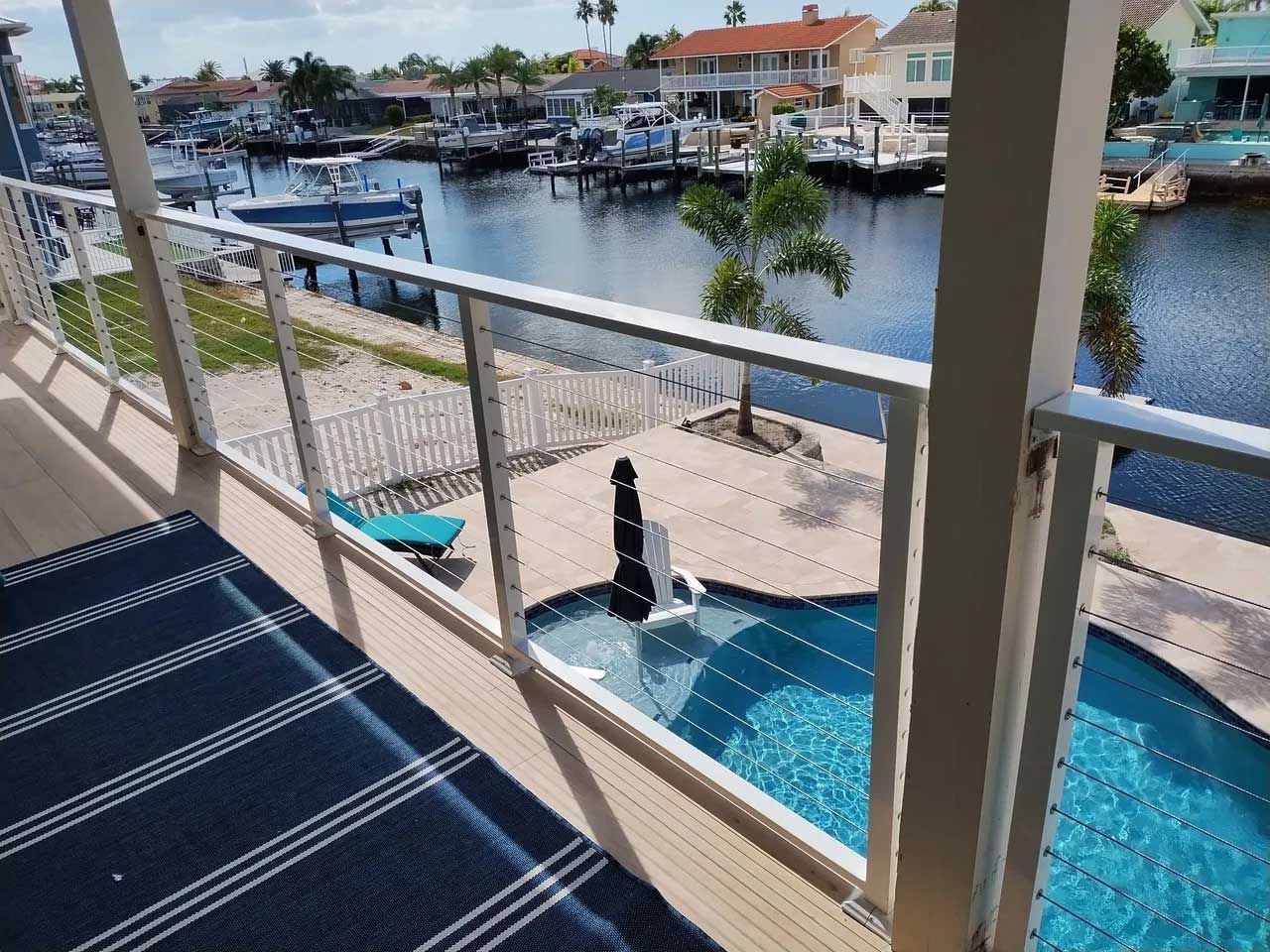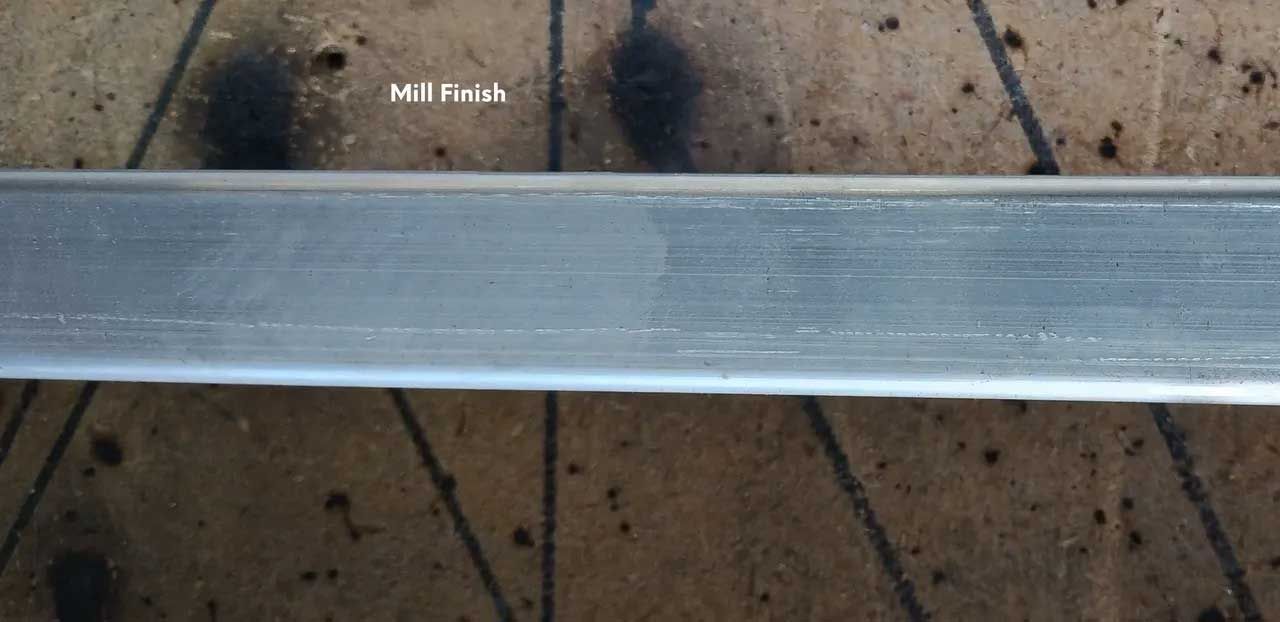EMAIL: hunter@hwousa.com
Horizontal or Vertical? You make the call!
Horizontal or Vertical? You make the call!

When it comes to selecting the right cable railing for your project, the decision between horizontal and vertical orientations can significantly impact the overall aesthetic and functionality. Let's explore the key differences between horizontal and vertical cable railing, to help you make an informed choice for your space.
1. Visual Appeal:
Horizontal Cable Railing
-Creates a modern and sleek look, emphasizing horizontal lines.
- Enhances views by allowing an uninterrupted sightline.
- Can make smaller spaces appear more expansive.
- Often looks better than vertical on tall, narrow 2 and 3 story houses
Vertical Cable Railing:
- Offers a classic and timeless appearance with vertical lines.
- Better suited to contemporary designs.
- Provides a sense of height and stability.
2. Safety Considerations:
- Horizontal Cable Railing can be seen as climbable by children and toddlers
- Vertical Cable Railing offers a more traditional barrier which does not create a natural ladder
Regulatory organizations that recommend building code improvements and changes have discussed the ladder function at length and so far have declined to recommend against horizontal cables. There is not a significant body of anecdotal evidence that horizontal poses a threat to children with respect to climbing. However, existing codes for all types of railing that comprise swimming pool enclosures prohibit anything that could be easily climbable. Thus, the only cable railing permissible for pool areas is vertical.
3. Maintenance: more than style, maintenance remains the same for either style. Keeping a clean area is not more or less difficult with cable railing.
4. Cost and Installation: Horizontal Cable Railing is the hands down winner in this category. Vertical cable railing requires many more cable cuts and up to 5 times as many tensioners and fittings than horizontal. Add to the fitting cost is the time involved in tensioning each cable.
This makes Vertical significantly more costly than horizontal, and also requires a heavier top and bottom rail which further increases material costs.
5. Code Compliance: Very few codes prohibit Vertical cable because of its similarity to traditional railing. Horizontal railing is, under no circumstance, allowable as a swimming pool enclosure.
Conclusion:
Ultimately, the decision between horizontal and vertical cable railing depends almost entirely on your design preferences, but common sense safety requirements, and occassional code considerations come into play.
Whether you opt for the modern allure of horizontal cables or the classic elegance of vertical lines, both options can enhance the overall appeal and functionality of your railing system.
CONTACT INFO
Phone:
(727) 455-2181
Email:
hunter@hwousa.com
OUR LOCATION
New Port Richey, FL 34654
HOURS OF OPERATION
Monday-Friday: 9am to 6pm





